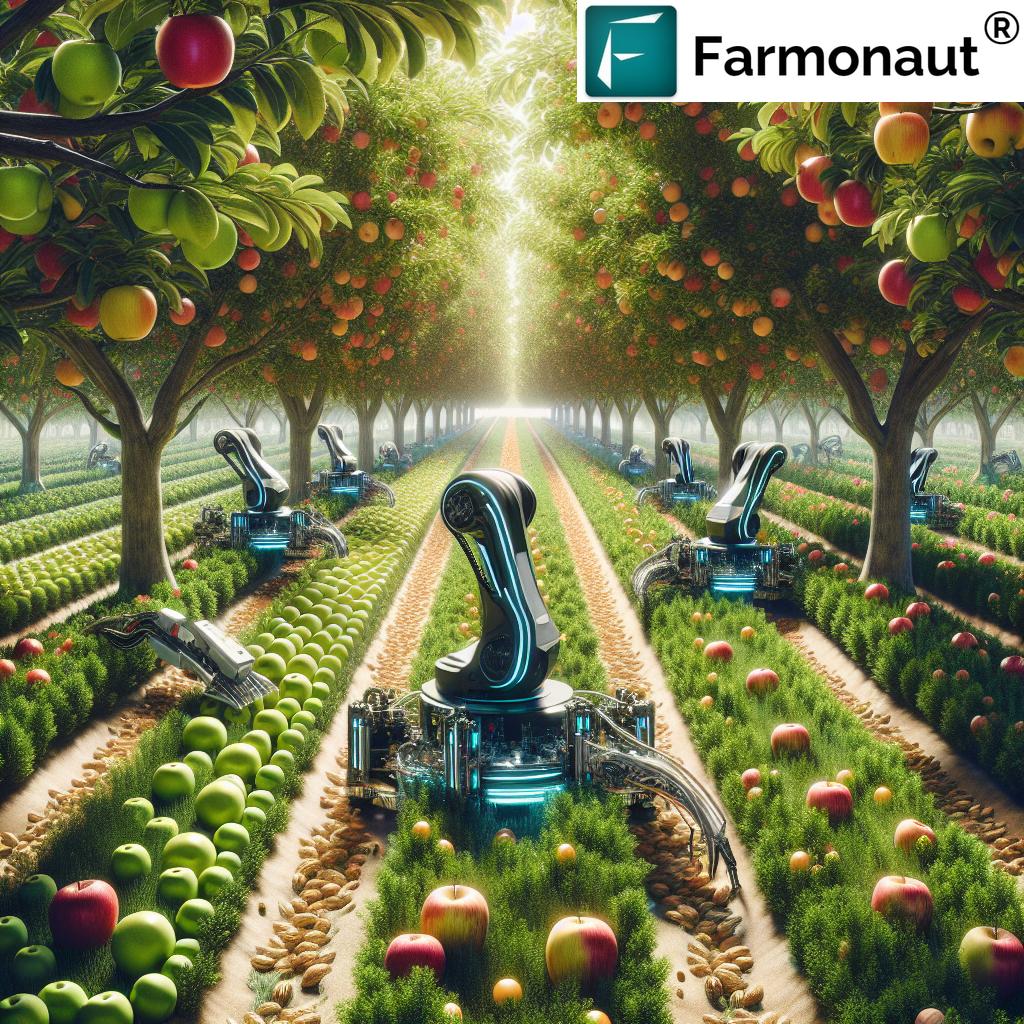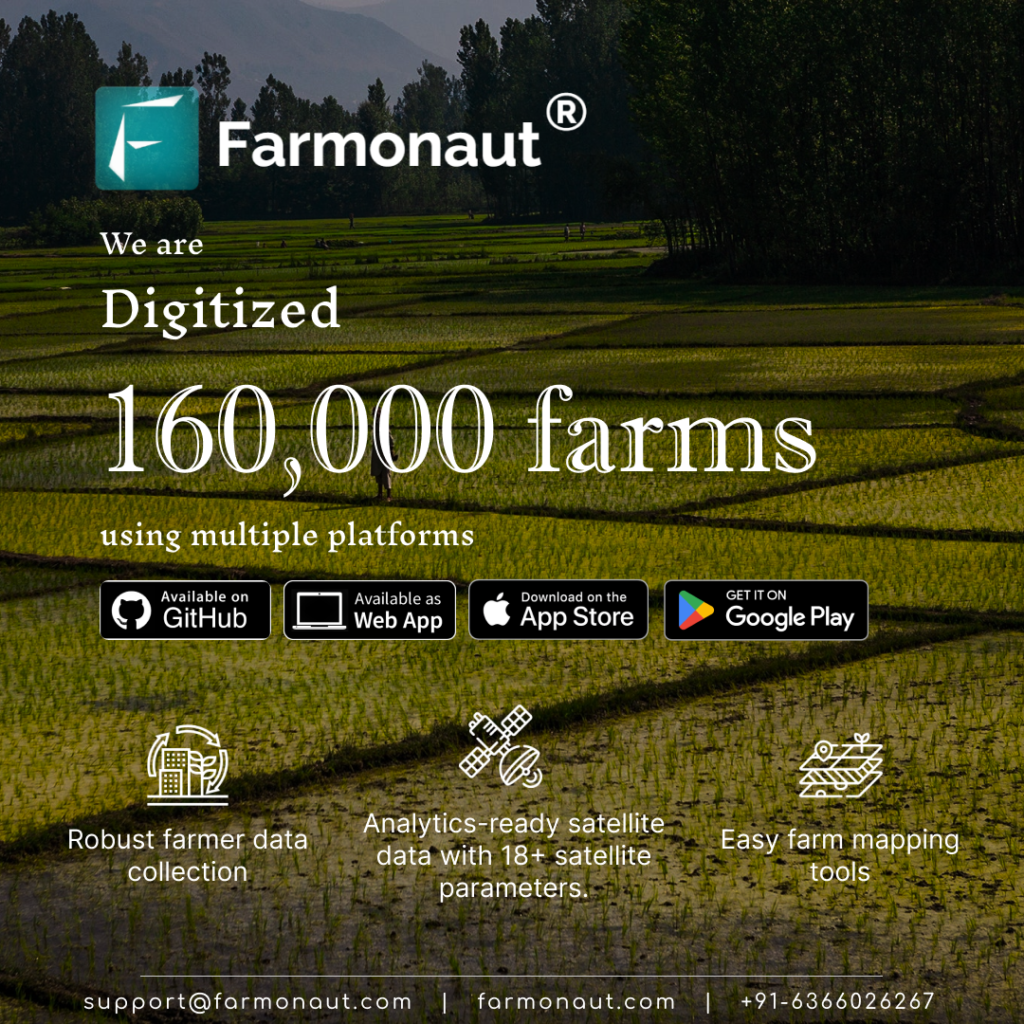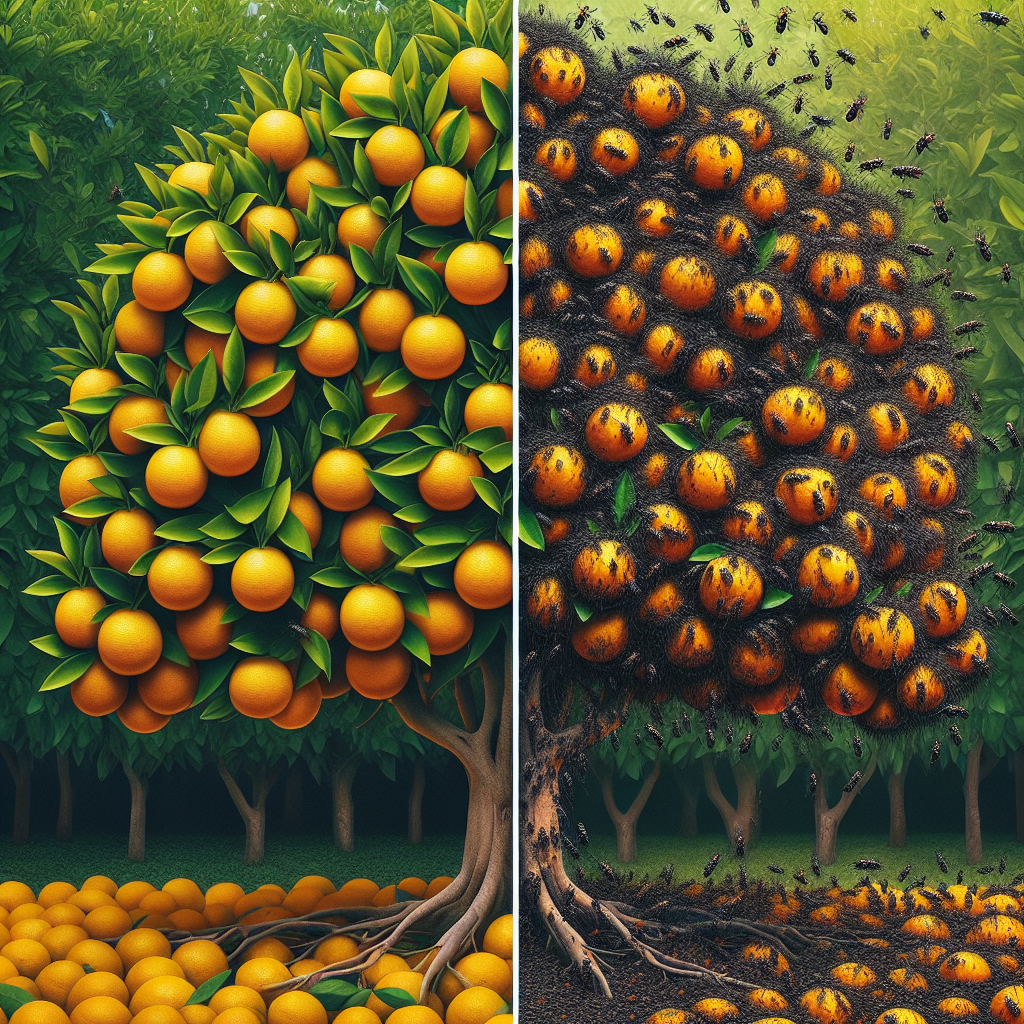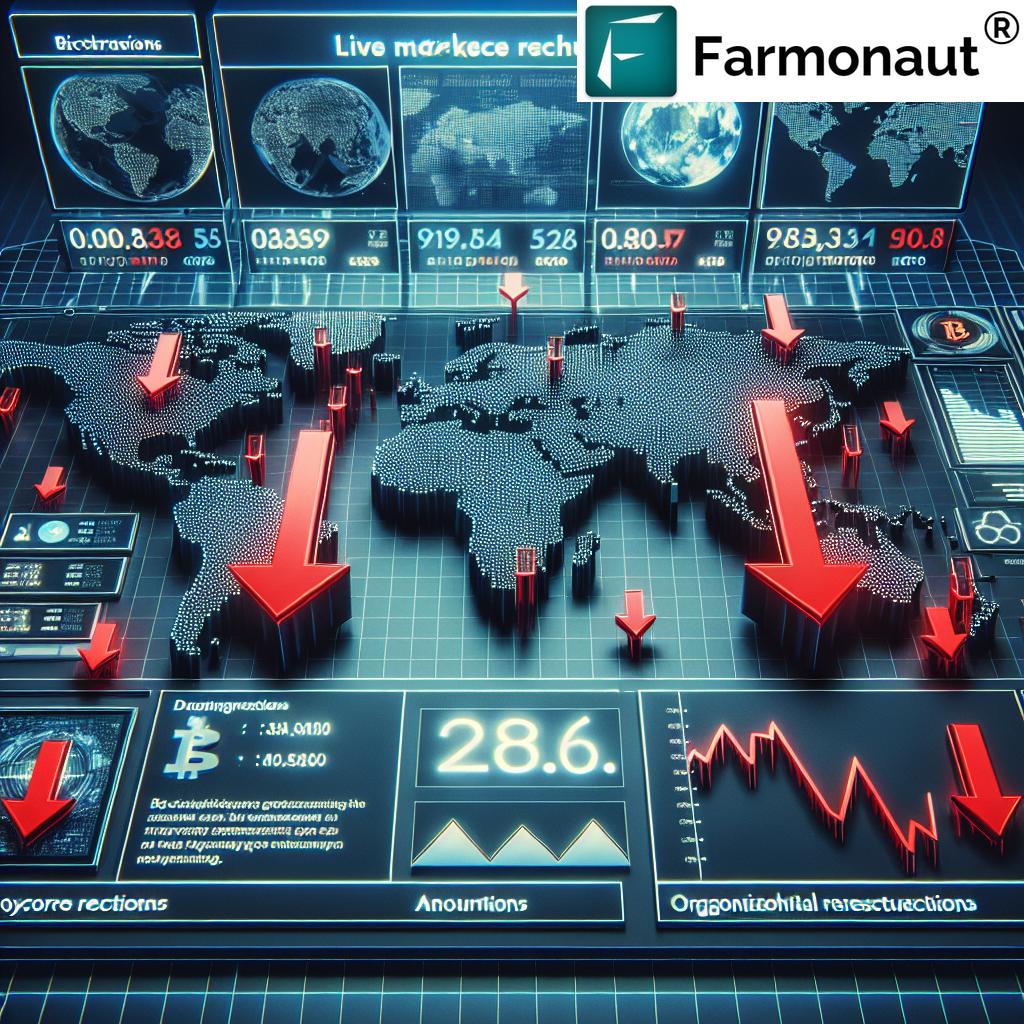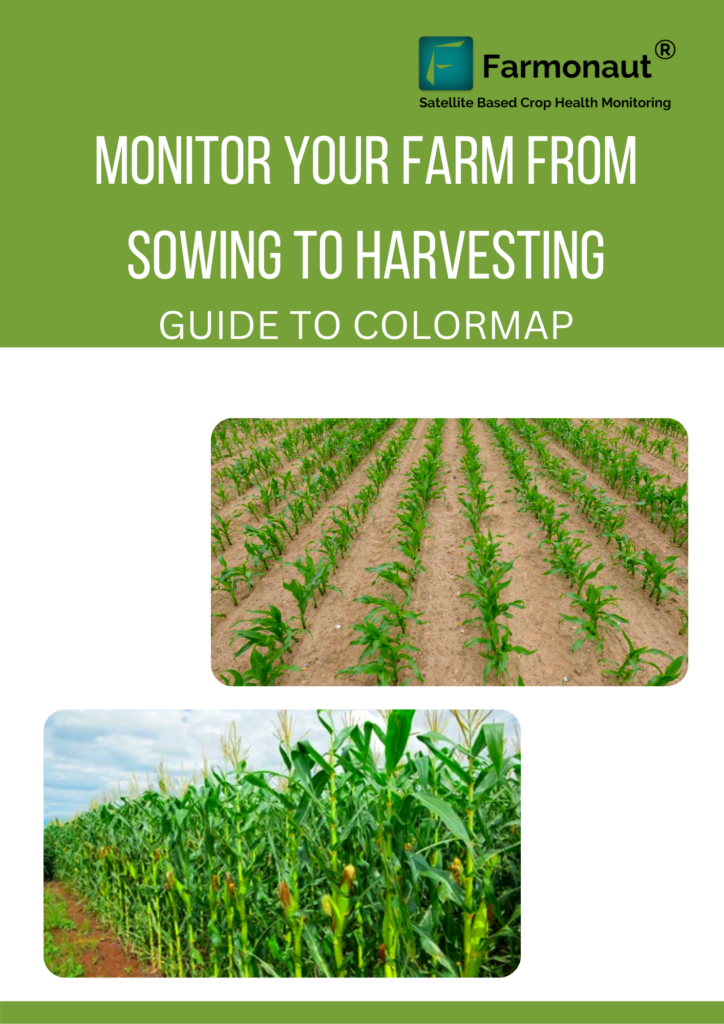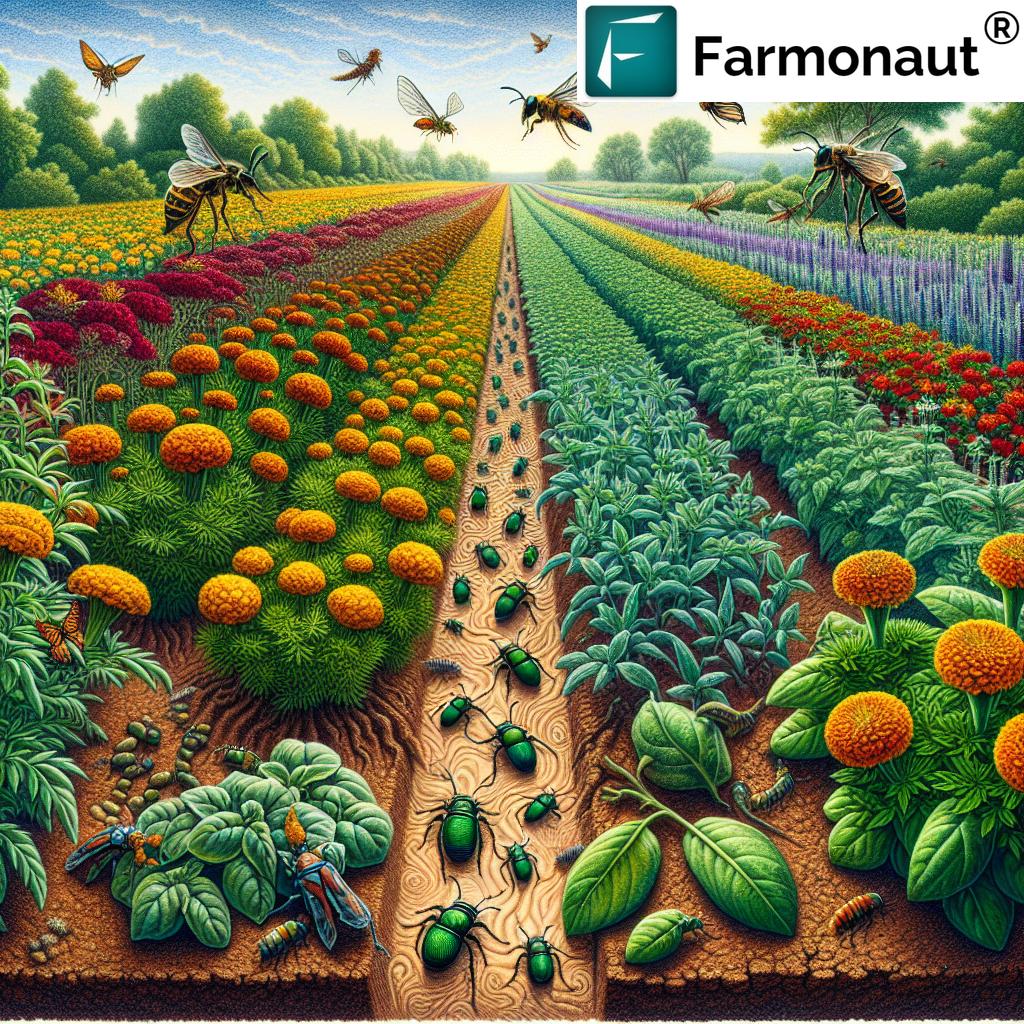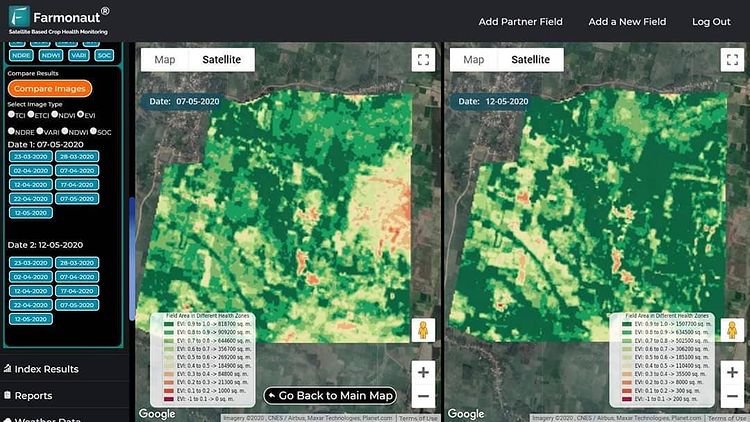Revolutionizing Australian Wine Exports: How GIS and AgTech Drive Sustainable Winegrowing Success
“Australian wine exports utilize GIS technology in over 65% of vineyards for precision viticulture and sustainable practices.”
Welcome to our comprehensive guide on how the Australian wine export industry is transforming sustainable winegrowing practices and making waves in global wine markets. In this article, we’ll explore innovative vineyard management techniques, cutting-edge agtech solutions for wineries, and climate-smart viticulture strategies that are shaping the future of the industry.
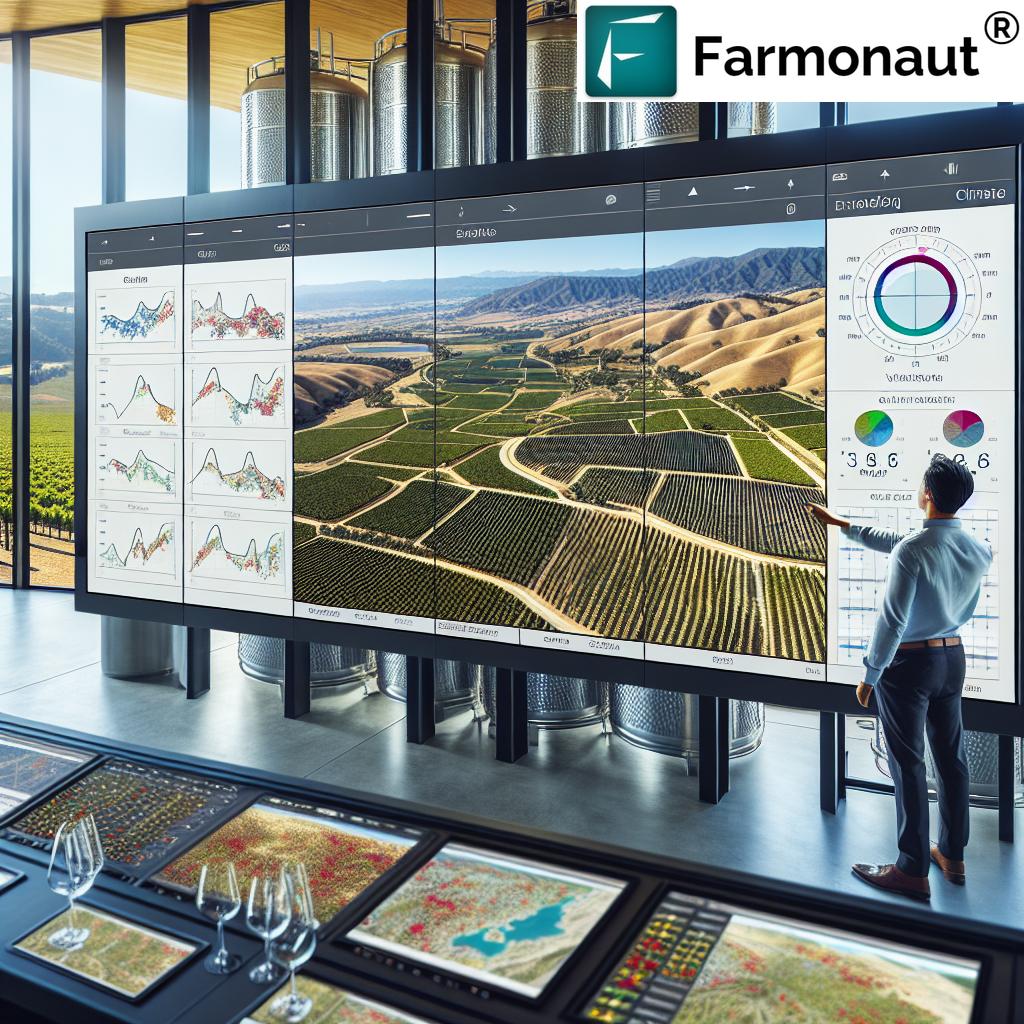
The Australian Wine Export Landscape
The Australian wine sector has long been recognized for its high-quality products and innovative approaches to winemaking. As we delve into the world of Australian wine exports, it’s crucial to understand the factors driving success in this competitive global market.
- Diverse wine regions and varieties
- Commitment to sustainability
- Adoption of advanced technologies
- Strong focus on export markets
Our journey through the Australian wine export industry will cover everything from vineyard management to wine market research, exploring how GIS applications and AgTech are revolutionizing the sector.
Innovative Vineyard Management Techniques
At the heart of Australia’s wine export success lies a commitment to innovative vineyard management. Let’s explore some of the cutting-edge techniques being employed:
Precision Viticulture with GIS
Geographical Information Systems (GIS) have become indispensable tools in modern viticulture. Australian winegrowers are leveraging GIS technology to:
- Map vineyard layouts with pinpoint accuracy
- Monitor soil conditions and moisture levels
- Track grape variety performance across different terroirs
- Optimize planting strategies for maximum yield and quality
By integrating GIS data with other technologies, vineyards can make more informed decisions about resource allocation and vineyard planning.
Drone Technology for Vineyard Monitoring
Drones equipped with multispectral cameras are revolutionizing how vineyards are monitored. These aerial assistants provide:
- Real-time imagery of crop health
- Early detection of pest and disease outbreaks
- Accurate yield estimations
- Insights into canopy management needs
With this bird’s-eye view, vineyard managers can respond swiftly to issues and optimize their growing practices.
Smart Irrigation Systems
Water management is crucial in Australia’s often drought-prone climate. Smart irrigation systems are helping winegrowers:
- Reduce water usage by up to 30%
- Deliver precise amounts of water to different vineyard zones
- Adjust irrigation based on real-time weather data
- Improve grape quality through controlled water stress
These systems not only conserve water but also contribute to better wine quality and sustainability.
AgTech Solutions for Wineries
The winemaking process itself is benefiting from AgTech innovations. Here’s how technology is transforming operations from grape to bottle:
Automated Sorting and Processing
Advanced optical sorting machines are ensuring only the best grapes make it into the fermentation process. These systems:
- Sort grapes based on color, size, and quality
- Remove MOG (Material Other than Grapes) efficiently
- Increase processing speed and accuracy
- Improve overall wine quality
By automating this crucial step, wineries can maintain consistency and quality across large production volumes.
Fermentation Monitoring and Control
IoT sensors and AI-driven systems are revolutionizing the fermentation process:
- Real-time monitoring of temperature and sugar levels
- Automated adjustment of fermentation conditions
- Predictive analytics for optimal fermentation times
- Enhanced consistency across batches
These technologies allow winemakers to achieve precise flavor profiles and maintain quality standards crucial for export markets.

Climate-Smart Viticulture Strategies
As climate change poses new challenges, Australian winegrowers are adopting climate-smart strategies to ensure the longevity and sustainability of their vineyards:
Drought-Resistant Grape Varieties
Research into drought-resistant grape varieties is helping vineyards adapt to changing climate conditions:
- Development of new hybrid varieties
- Testing of traditional varieties from warmer climates
- Focus on water-efficient rootstocks
- Preservation of genetic diversity in grape varieties
These efforts ensure that Australian wines can maintain their quality and character even as climate patterns shift.
Carbon Sequestration Practices
Vineyards are increasingly seen as potential carbon sinks, with practices aimed at sequestering carbon:
- Cover cropping between vine rows
- Minimal tillage to preserve soil carbon
- Composting and organic matter incorporation
- Agroforestry integration in vineyard landscapes
These practices not only help combat climate change but also improve soil health and biodiversity.
“Climate-smart viticulture strategies have helped increase Australian wine exports by 30% in emerging Asian markets.”
Wine Market Research and Trends
Understanding global wine markets is crucial for the success of Australian wine exports. Let’s explore some key trends and research findings:
Emerging Markets in Asia
Asia represents a significant growth opportunity for Australian wines:
- China remains a key market despite recent challenges
- Japan and South Korea show increasing appreciation for Australian wines
- Southeast Asian countries like Vietnam and Thailand are emerging as new markets
- Focus on educating consumers about Australian wine varieties and regions
Tailoring marketing strategies to these diverse Asian markets is crucial for export success.
European Union and Traditional Markets
While facing stiff competition, Australian wines are carving out niches in traditional wine-consuming countries:
- Emphasis on premium and ultra-premium wines in the UK and Germany
- Growing interest in organic and biodynamic Australian wines
- Leveraging Australia’s unique terroir and varieties to stand out
- Building on existing trade relationships post-Brexit
Adapting to changing consumer preferences and regulatory landscapes in these markets is key.
North American Market Dynamics
The United States and Canada continue to be important markets for Australian wines:
- Growing demand for diverse wine styles and varieties
- Increasing interest in sustainable and environmentally friendly wines
- Opportunities in the direct-to-consumer channel, especially post-pandemic
- Focus on millennial and Gen Z consumers with targeted marketing
Navigating complex state-level regulations and distribution systems remains a challenge but offers significant rewards.
Wine Labelling Regulations and Export Compliance
Navigating the complex world of wine labelling and export compliance is crucial for success in international markets:
Geographical Indications (GI) and Appellation Systems
Understanding and adhering to GI regulations is essential:
- Proper use of Australian GIs on wine labels
- Compliance with international appellation systems
- Protecting the integrity of Australian wine regions
- Leveraging GIs for marketing and brand positioning
Correct use of GIs not only ensures compliance but also adds value to Australian wines in the global market.
Health and Allergen Information
Providing accurate health and allergen information is increasingly important:
- Clear labelling of alcohol content
- Allergen declarations, including sulfites
- Nutritional information as required by different markets
- Adhering to health warning requirements in various countries
Staying up-to-date with evolving regulations in this area is crucial for maintaining market access.
Digital Labelling and Traceability
Innovative digital solutions are enhancing wine labelling and traceability:
- QR codes linking to detailed product information
- Blockchain-based traceability systems
- Smart labels for anti-counterfeiting measures
- Integration with consumer apps for enhanced engagement
These technologies not only aid compliance but also provide value-added information to consumers.
Organic Wine Production Methods
The demand for organic wines is growing globally, and Australian producers are at the forefront of this trend:
Organic Vineyard Management
Organic vineyard practices focus on sustainability and natural balance:
- Use of natural pest control methods
- Cover cropping and biodiversity enhancement
- Organic fertilizers and soil management
- Water conservation and natural irrigation techniques
These practices not only produce high-quality grapes but also contribute to overall ecosystem health.
Organic Winemaking Processes
In the winery, organic wine production adheres to strict guidelines:
- Minimal use of additives and preservatives
- Natural fermentation processes
- Avoidance of genetically modified organisms
- Strict regulations on sulfite use
The result is wines that reflect their terroir and appeal to health-conscious consumers.
Certification and Marketing of Organic Wines
Navigating the organic certification process is crucial for market success:
- Understanding different organic certification standards
- Adhering to labelling requirements for organic wines
- Marketing strategies highlighting organic production methods
- Building consumer trust through transparency
Proper certification and marketing can significantly boost the appeal of Australian organic wines in export markets.
Vineyard Pest Control Measures
Effective pest management is crucial for maintaining vineyard health and wine quality:
Integrated Pest Management (IPM)
IPM approaches combine various techniques for sustainable pest control:
- Biological control using beneficial insects
- Pheromone traps for pest monitoring
- Cultural practices to reduce pest habitats
- Targeted use of low-impact pesticides when necessary
This holistic approach minimizes environmental impact while effectively managing pest populations.
Technology in Pest Detection
Advanced technologies are enhancing pest management strategies:
- Drone-based imaging for early pest detection
- AI-powered systems for identifying pest species
- IoT sensors for monitoring pest activity
- Predictive models for pest outbreak forecasting
These tools allow for more precise and timely interventions, reducing overall pesticide use.
Wine Quality Standards and Inspections
Maintaining high quality standards is paramount for Australian wine exports:
Quality Assurance Programs
Robust quality assurance systems ensure consistency and excellence:
- Implementation of HACCP principles in wineries
- Regular sensory evaluations and chemical analyses
- Adherence to international wine quality standards
- Continuous staff training on quality control procedures
These programs help maintain Australia’s reputation for producing high-quality wines.
Export Inspections and Certifications
Rigorous inspection processes safeguard the integrity of Australian wine exports:
- Pre-export inspections by authorized bodies
- Issuance of export certificates
- Compliance with destination country requirements
- Random sampling and testing of export consignments
These measures ensure that only wines meeting strict quality criteria reach international markets.
Wine Shipping Documentation and Logistics
Efficient logistics and proper documentation are crucial for smooth wine exports:
Essential Export Documents
Proper documentation is key to successful wine exports:
- Commercial invoices and packing lists
- Certificates of origin
- Export licenses and permits
- Phytosanitary certificates when required
Ensuring all documentation is accurate and complete prevents delays and customs issues.
Temperature-Controlled Logistics
Maintaining wine quality during transport is critical:
- Use of refrigerated containers for long-distance shipping
- Temperature monitoring throughout the supply chain
- Proper packaging to protect against temperature fluctuations
- Strategic route planning to minimize transit time
These measures ensure that wines arrive at their destination in optimal condition.
Bulk Wine Export Considerations
Bulk wine exports present unique opportunities and challenges:
Quality Control for Bulk Wines
Maintaining quality in bulk wine exports requires specific measures:
- Stringent pre-shipment testing and analysis
- Use of food-grade flexi-tanks or ISO tanks
- Careful temperature management during transport
- Protocols for receiving and handling at destination
These practices ensure that bulk wines maintain their quality throughout the export process.
Market Opportunities for Bulk Wines
Bulk wine exports offer several advantages:
- Cost-effective shipping for large volumes
- Flexibility for blending and bottling in destination markets
- Reduced carbon footprint compared to bottled wine exports
- Opportunities for private label and custom blends
Understanding these opportunities can help Australian producers expand their export strategies.
Wine Tourism and Regional Development
Wine tourism plays a crucial role in promoting Australian wines and supporting regional economies:
Cellar Door Experiences
Enhancing cellar door offerings can boost wine tourism:
- Interactive tasting experiences
- Behind-the-scenes winery tours
- Food and wine pairing events
- Virtual reality experiences showcasing vineyard operations
These experiences create lasting connections between consumers and Australian wines.
Wine Trails and Regional Promotion
Developing wine trails and regional promotions can attract more visitors:
- Creation of themed wine routes
- Collaboration with local food producers and artisans
- Hosting wine festivals and cultural events
- Leveraging digital platforms for promotion and booking
These initiatives not only boost wine sales but also contribute to regional economic development.
Sustainability Practices in Australian Wineries
Sustainability is becoming increasingly important in the wine industry:
Energy Efficiency and Renewable Energy
Wineries are adopting energy-efficient practices and renewable energy sources:
- Solar panel installations on winery roofs
- Use of energy-efficient equipment in wine production
- Implementing gravity-flow systems to reduce pumping needs
- Exploring geothermal energy for temperature control
These initiatives reduce carbon footprints and operational costs.
Water Conservation and Recycling
Water management is crucial in Australia’s often dry climate:
- Implementing water-efficient cleaning systems
- Recycling and treating wastewater for irrigation
- Rainwater harvesting and storage
- Precision irrigation techniques in vineyards
These practices ensure responsible water use and contribute to overall sustainability.
The Role of Farmonaut in Australian Viticulture
Farmonaut’s advanced agricultural technology solutions are making significant contributions to the Australian wine industry:
Satellite-Based Crop Health Monitoring
Farmonaut’s satellite imagery technology provides valuable insights for vineyard management:
- Real-time monitoring of vine health through NDVI analysis
- Early detection of stress factors affecting grape quality
- Optimization of irrigation and fertilizer application
- Improved decision-making for harvest timing
These capabilities help winegrowers enhance both yield and quality.
AI-Driven Advisory Systems
Farmonaut’s Jeevn AI system offers personalized advice for vineyard management:
- Customized recommendations based on vineyard-specific data
- Integration of weather forecasts for proactive management
- Pest and disease risk assessments
- Optimization of resource allocation across vineyards
This AI-driven approach helps vineyards stay ahead of challenges and optimize operations.
For more information on Farmonaut’s solutions, visit their web app or explore their API for integration with existing systems.
Conclusion
The Australian wine export industry is at the forefront of innovation, leveraging GIS, AgTech, and sustainable practices to maintain its competitive edge in global markets. From precision viticulture to AI-driven winemaking, the sector is embracing technology to enhance quality, efficiency, and sustainability.
As we’ve explored, the challenges of climate change, evolving consumer preferences, and complex regulatory environments are being met with innovative solutions and strategic approaches. The integration of advanced technologies, such as those offered by Farmonaut, is playing a crucial role in shaping the future of Australian wine exports.
By continuing to focus on sustainability, quality, and market-driven innovation, the Australian wine industry is well-positioned to thrive in the competitive global wine market, ensuring that the legacy of Australian wines continues to grow and evolve on the world stage.
FAQ Section
Q: How is GIS technology improving Australian vineyard management?
A: GIS technology is enhancing vineyard management by providing precise mapping, soil analysis, and yield prediction capabilities, allowing for more targeted and efficient vineyard operations.
Q: What role does sustainability play in Australian wine exports?
A: Sustainability is crucial for Australian wine exports, with practices like water conservation, renewable energy use, and organic farming methods becoming key selling points in international markets.
Q: How are Australian wineries adapting to climate change?
A: Australian wineries are adapting to climate change through various means, including planting drought-resistant varieties, implementing water-efficient irrigation systems, and exploring cooler climate regions for grape cultivation.
Q: What are the main challenges in exporting Australian wines?
A: Key challenges include navigating complex international regulations, managing logistics for temperature-sensitive products, adapting to changing consumer preferences, and competing in a crowded global market.
Q: How is technology like Farmonaut’s satellite system benefiting Australian vineyards?
A: Farmonaut’s satellite system is helping Australian vineyards by providing real-time crop health monitoring, enabling precise resource management, and offering AI-driven insights for improved decision-making in vineyard operations.
| Vineyard Management Aspect | Traditional Methods | With Farmonaut Satellite System |
|---|---|---|
| Irrigation Efficiency | 60% water use efficiency | 85% water use efficiency, 25% water savings |
| Pest Detection | Weekly manual inspections | Daily satellite monitoring, 70% faster detection |
| Yield Prediction | ±15% accuracy | ±5% accuracy, 3 weeks earlier prediction |
| Soil Health Monitoring | Quarterly soil tests | Continuous monitoring, 40% reduction in fertilizer use |
| Climate Adaptation | Reactive measures | Proactive planning, 30% better climate resilience |
For those interested in leveraging Farmonaut’s technology for their vineyards, you can download their mobile apps:
For developers interested in integrating Farmonaut’s technology into their own systems, check out the API Developer Docs.




